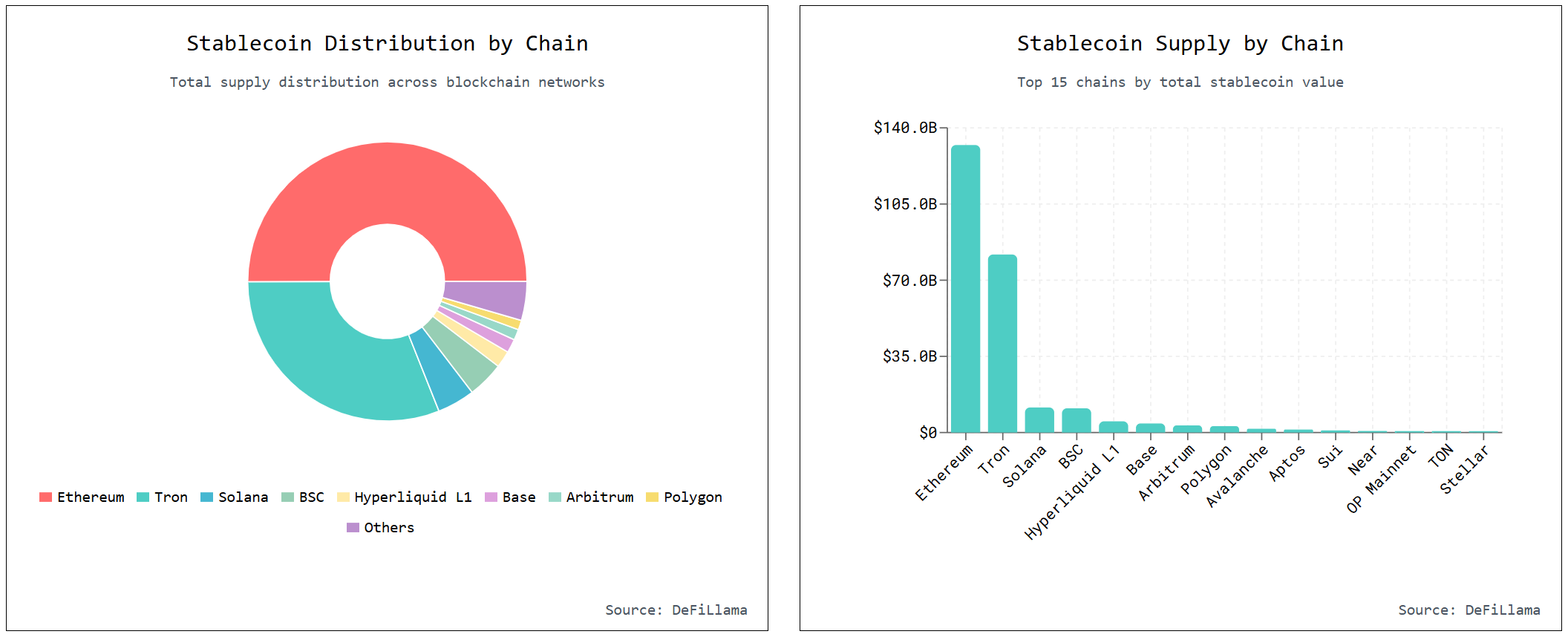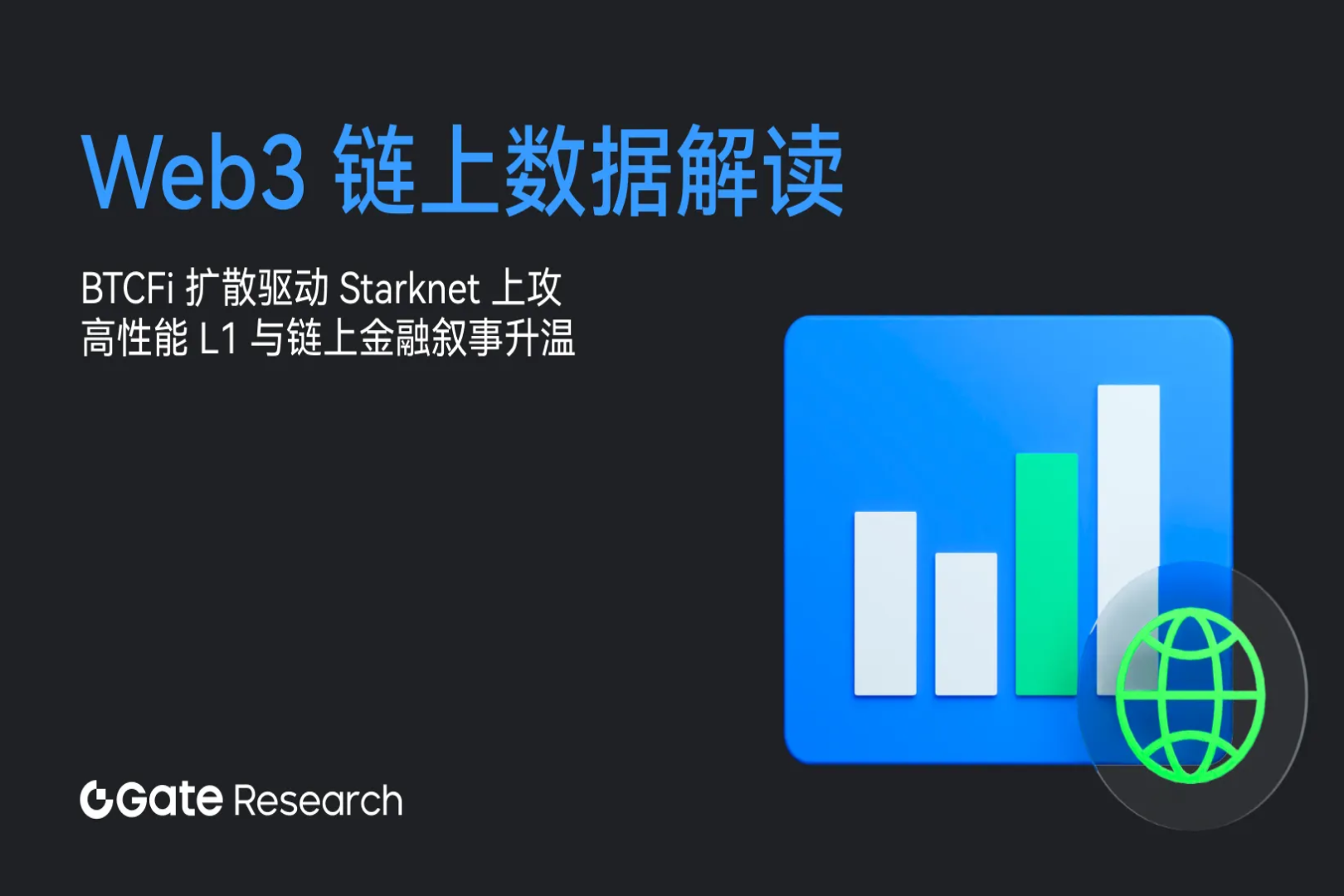From being sued by the SEC to being the bell ringer on Wall Street, the amazing "Gates' grandson" performs the Game of Thrones
Original | Odaily Planet Daily ( @OdailyChina )
Author | Dingdang ( @XiaMiPP )

On July 24, Eastern Time, the crypto world will usher in a landmark moment: Tron Inc. (NASDAQ: TRON) will ring the opening bell at the Nasdaq Exchange in Times Square, New York. This operation of entering the mainstream capital market through a reverse merger not only allows Tron to officially enter the American financial arena, but also allows its global advisor Justin Sun to dramatically stand on the core stage of Wall Street.
Sun Yuchen, who was almost shut out of the US market three years ago due to the SEC's lawsuit, returned to New York as the Nasdaq bell ringer. This "wall-breaking action" across the crypto circle and traditional finance not only announced that Tron has completed a key leap into the mainstream, but also reflected the turning point of the era when crypto assets gradually penetrated the traditional system. For Sun Yuchen, the bell of Times Square will undoubtedly become the most metaphorical footnote in his career as a disruptor - when the bell hammer falls, it not only rings the prelude to the trading day, but also the horn of the crypto forces' attack on the traditional financial high ground.
Background Review: Reverse Mergers and Transaction Details
The news about TRON's backdoor listing first appeared on June 16. At that time, the Financial Times and other media reported that TRON planned to go public indirectly through a reverse merger with Nasdaq-listed SRM Entertainment, and the transaction was handled by Dominari Securities, an investment bank with ties to the Trump family.
According to reports, SRM Entertainment has signed a $100 million equity financing agreement with a private investor, intending to issue 100,000 Class B convertible preferred shares (conversion price $0.50/share, corresponding to 200 million common shares) and 220 million warrants (exercise price $0.50/share). If all warrants are exercised, the total transaction size can reach $210 million, which is more than 23 times the 17.24 million shares in circulation before the SRM transaction.
According to SEC documents, the person who led the financing was Sun Yuchen's father, Sun Weike, who injected TRX assets through the PIPE model, obtained a controlling stake in SRM, and became the chairman of the board after the transaction was completed. All the original SRM board members were replaced, and Tron's core management entered the board's key committees such as audit, compensation and nomination.
Although Tron DAO was not directly involved in the transaction in terms of legal or governance structure, the entire process was generally considered by the market to be a capital path choice led by TRON's actual control team. The new company plans to include TRX in its long-term strategic asset allocation. The overall idea is similar to Strategy's financial strategy for BTC: strengthening the credit anchoring of tokens as a listed company and building a stable narrative. (Recommended reading: " Tron merges SRM with the goal of targeting Nasdaq, Sun Yuchen's move is in the atmosphere ")
Crypto-politics: Sun Yuchen and the Trump family have overlapping interests
Behind this reverse merger transaction, there is a clear clue of power logic: the Trump family .
According to multiple sources, Donald Trump Jr., the eldest son of Trump, and Eric Trump, the second son, had joined the advisory board of Dominari Holdings, the parent company of Dominari Securities, before the deal was announced. They each received 750,000 incentive shares, 250,000 shares upon joining, and the remaining 500,000 shares will be unlocked later based on the company's market value milestones. Although Eric Trump said he would not hold a position at Tron Inc., the outside world is still full of speculation about the deep meaning of this relationship chain.
Sun Yuchen himself has become increasingly involved with the Trump camp. He is an advisor to the crypto project WLFI, which is led by Trump's allies, and has invested $75 million to support the development of its stablecoin USD1, which has recently been launched on the TRON mainnet.
In early 2025, the SEC (now headed by the crypto-friendly Paul Atkins) and Sun's team jointly applied for a stay of action to seek a possible settlement. At that time, the SEC's charges against Sun were still pending, but had gradually lost political momentum.
In the following months, Justin Sun made frequent moves: he appeared on the cover of the English version of Forbes and was dubbed "the crypto billionaire who helped the Trump family earn $400 million"; he attended the Token 2049 Summit with Eric Trump; he became the number one guest at the "TRUMP" token community dinner and was given a limited edition Trump watch; there were even rumors that he "only stayed in Trump-affiliated hotels."
Behind this series of intensive interactions is the interweaving of political resources and capital tools, which may also be an important support for TRON's entry into the U.S. stock market.
Market performance and TRON ecosystem data
In line with the advancement of the capital path, the TRON network itself continues to show growth potential.
On May 29, Artemis, Dragonfly and Castle Island Ventures released a report pointing out that USDT has an absolute dominant position in the current stablecoin payment market, and more than 60% of its transactions are completed through the TRON network. The annualized payment scale is estimated to reach US$72.3 billion in February 2025, significantly ahead of USDC in similar scenarios, which is still in the stage of catching up with market share.
TRONSCAN data shows that as of mid-July, the total number of activated accounts on the TRON network has exceeded 320 million, the total number of on-chain transactions has exceeded 10.9 billion, and the total locked value (TVL) has exceeded US$24.6 billion. Stablecoin-related assets are still the main source of contribution. Among them, the current circulation of TRC 20-USDT is 81.6 billion, ranking first among all chains in the world; the total supply of native stablecoin USDD has increased to 500 million, with a significant increase.
In terms of the distribution and supply of stablecoins, Tron is only slightly lower than Ethereum. Compared with other public chains, the two are far ahead in market share.

On the mainnet, the deflation process of TRX has also officially started. On June 13, the TRON community passed Proposal No. 102 with an overwhelming majority of votes, reducing the TRX block reward from the original 16 TRX to 8 TRX (a 50% reduction), and the voting reward from the original 160 TRX to 128 TRX (a 20% reduction), and it is expected that the annualized deflation rate of TRX will increase from 0.85% to 1.29%. This reduction in production aims to accelerate the deflation process of TRX and optimize TRON's economic model, thereby ensuring the long-term sustainable development of the network.
Currently, Tron Inc. has promoted the inclusion of TRX into the treasury system of listed companies, and cooperated with asset management company Canary to submit an application for TRX pledge ETF. If it is successfully approved, TRX may become one of the core narratives in this cycle. However, the crypto market is volatile, so investment should be cautious.
Justin Sun and the “New Financial Myth”
Looking back over the past two years, Sun Yuchen's trajectory can be described as a "dramatic counterattack". In 2023, the SEC filed a lawsuit against Sun Yuchen and TRON, accusing them of issuing unregistered securities and manipulating market transactions, walking on the edge of the law; in 2024, betting on Trump and becoming the actual promoter of political capital; in 2025, while integrating on-chain narratives, he went public through a backdoor listing. Every step is in the gap of the times, and every step is highly symbolic.
Rather than saying that he is listing a company, it is better to say that he is transforming his identity: from being a defendant in the SEC to being a Nasdaq consultant, from being a storyteller on the chain to being a legend of Wall Street capital. "Asia Weekly" also once again reported him as a cover character with the title "Global Crypto Pioneer". From a young talent with the "Peking University Dream" in 2011 to becoming one of the recognized Chinese leaders in the crypto industry, the great Gates Sun is becoming synonymous with the "new financial myth".

But no matter what the title is, in this era of "narrative is reality", Justin Sun has indeed completed the interpretation of an important proposition: How can crypto projects "break into" the mainstream system in an institutionalized manner?
And Tron's bell ringing is just the first chapter of this story.



